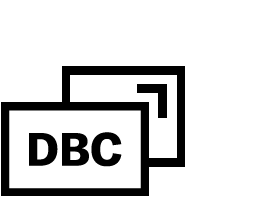Pitch Decks: They're Important
A startup can have the best idea in the world, but if they don't have investors to help get it off the ground, the idea is useless.
After your pitch, the ideal reaction would be:
"Please, let me make you a millionaire!"
In reality, a great reaction would be:
Cats are notoriously tough to impress.
Here are our top three tips you can do RIGHT NOW to make your pitch deck more effective:
1. Make it 16x9
Decks should have a widescreen aspect ratio in order to maximize the real estate of the pixels on the screen--you want to take advantage of all the space you've got! They should also have a simple template and layout, in order to really draw focus to what's important in your deck. Most importantly, stay consistent! All visuals (text, photos, graphs) should have the same branding and design, so it's clear they're all working together to tell your story.
2. Optimize your charts and graphs
Charts and graphs are the best way to convey data in a digestible way, and are also the clearest way your visual identity will come into play in the deck. It's important to choose the most effective types of charts and graphs that will easily show the point you're trying to make with your data, so testing out a few types is often useful. Infographics are also an engaging and compelling way to present information in your deck. Once again, making sure all charts and graphs have a cohesive style is essential.
3. Form a human connection
This is arguably the most important goal you should aim to achieve during your pitch. People are who make a company and idea great, and people are who will be investing in them. To get those people on board, your deck should tell a complete narrative--nobody just wants figures spouted at them. Use active language, and highlight your value statements. Make it interesting!






